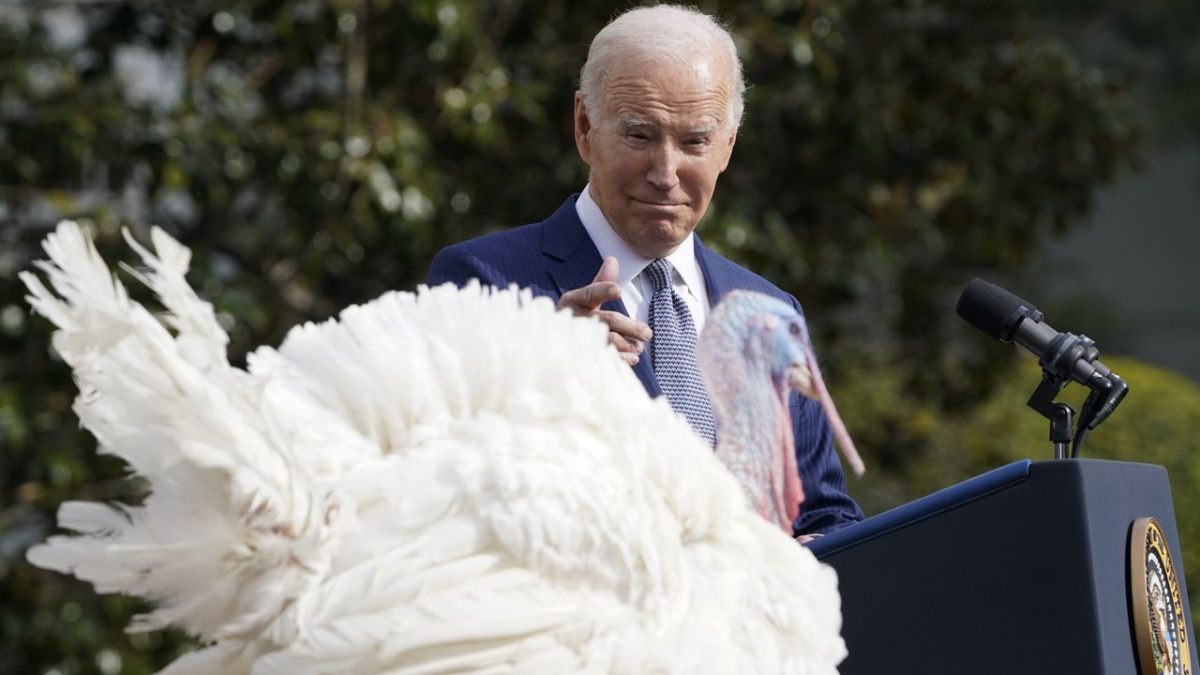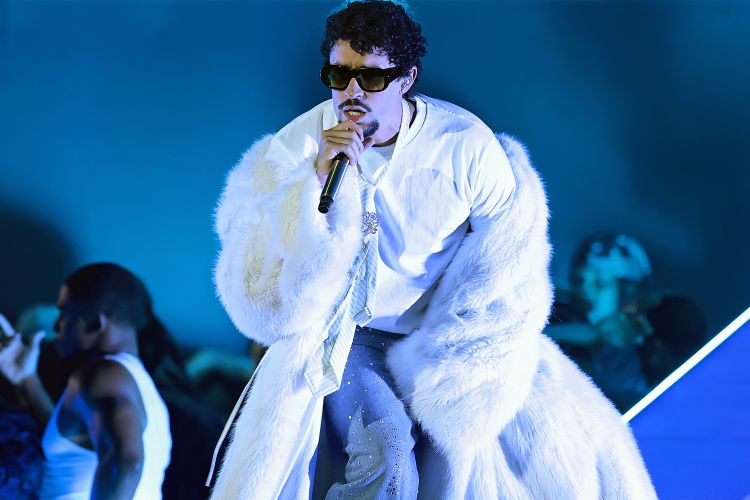If recent polling data proves accurate, Joe Biden is going to be in for a world of hurt come election day next year. A slew of recent polls has the president trailing his likely 2024 rival, former President Donald Trump, not only nationwide but in key swing states as well. While some in Biden’s orbit have cast the news aside, there’s no doubt that alarm bells are ringing in the Oval Office.
While problems like inflation still persist, the issue isn’t as salient as it was in the first two years of Biden’s term when prices were higher than they are now. A better explanation for the slump in Biden’s support pertains to the conflict in Israel that reignited a decades-old conflict and politically put the White House on its back foot. Biden has shied away from calling for a ceasefire despite polling from Data For Progress showing 66 percent of likely voters (as well as 80 percent of Democrats) support one.
Nowhere is Biden’s lack of support more evident, though, as it is among young voters, both on the issue of Israel and in general. According to a poll released by NBC News, Biden’s support among voters aged 18-34 has dropped to 31 percent, a 15-point drop off as compared with polling from September.
Conventional political wisdom would suggest that the youth vote can be ignored for the most part, and historically, that may have been true. Youth turnout in presidential elections is typically among the lowest of any group, and therefore it makes sense for candidates to court older, more reliable voters instead. But for Biden to be operating from that playbook would fail to take into account the political reality of the last three election cycles.
In the 2018 midterm elections, two years after Donald Trump won the presidency and Republicans swept both houses of Congress, around 28 percent of young people showed up to vote- more than double the youth turnout of the previous midterm election in 2014. Again in 2020, young voters came out in droves to vote overwhelmingly for congressional Democrats and Joe Biden. The youth turnout for that election was 50 percent, 11 points higher than in 2016 and one of the highest levels of youth turnout ever. The trend continued during the 2022 midterms with a youth turnout of 23 percent, which is lower than in 2018, but still much higher than any other midterm in recent history. That election in particular proved to be wildly successful for Democrats despite polls showing a seemingly imminent Republican victory.
It’s not totally clear what’s behind this phenomenon. Perhaps the Trump presidency instilled a sense of civic duty amongst Millennial and Gen Z voters, or maybe the internet has made today’s young people more politically informed and engaged than previous generations. Either way, one thing is clear: young voters (most of whom tend to favor Democrats over Republicans) are more electorally active than they used to be and Joe Biden and his allies would be foolish to ignore them.
So far, however, Biden hasn’t taken notice. During the 2020 election, most young voters supported his more progressive primary rival, Senator Bernie Sanders, as Biden crafted his campaign around older, more socially conservative Democratic voters. In the general election, many young voters came out for Joe Biden anyway, both out of fear of a second Trump term and a cautious sense of optimism about the former vice president. Much of that optimism has been squandered over the past two months though, as Biden’s reluctance to call for a ceasefire in Gaza highlights how out of touch the 81-year-old president is with his increasingly youthful electorate.
It’s hard to say whether the conflict in the Middle East will still be fresh in voter’s minds when they cast their ballots in 2024. However, it is clear that youth support for Biden is not a given, and Democrats run the risk of reelecting Trump if they decide to take young people’s votes for granted.







